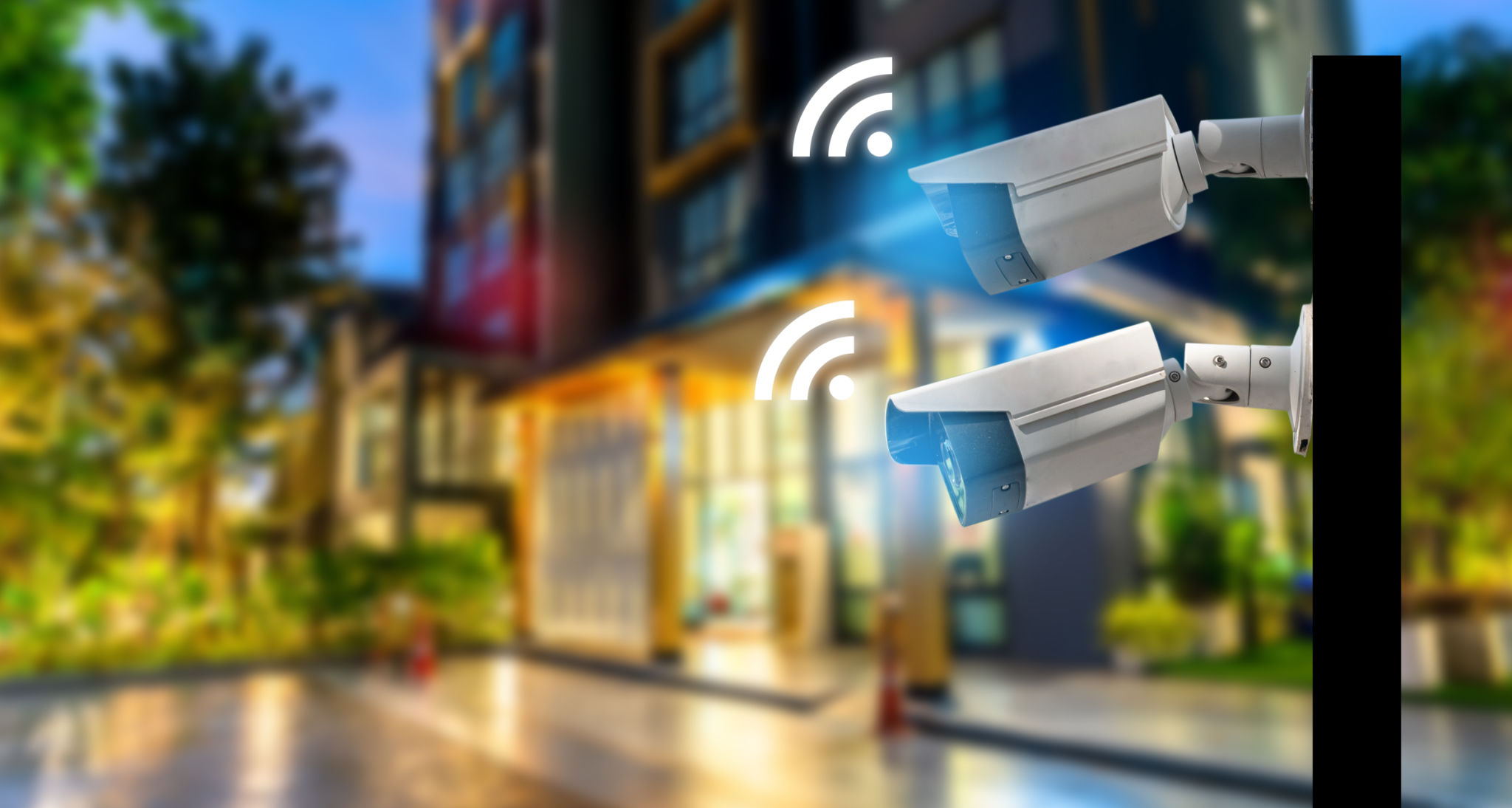Understanding the Role of Shared Memory Graphs in Multi-Agent Systems
Introduction to Multi-Agent Systems
Multi-agent systems (MAS) are collections of autonomous agents that collaborate to solve complex problems. These systems are widely used in various fields, including robotics, artificial intelligence, and distributed computing. One key element that enhances the efficiency and cooperation within these systems is the concept of shared memory graphs.
What are Shared Memory Graphs?
Shared memory graphs serve as a communication backbone among agents in a multi-agent system. These graphs enable agents to share, update, and access information collectively, facilitating synchronized decision-making and task execution. By providing a common platform for data exchange, shared memory graphs play a critical role in ensuring that all agents have access to the latest information.

Importance of Shared Memory in Collaboration
The ability to share memory among agents is crucial for effective collaboration. When agents can access shared data, they can make more informed decisions, anticipate the actions of other agents, and adapt their strategies accordingly. This shared understanding is essential for achieving a high level of coordination and reducing redundant efforts within the system.
Moreover, shared memory graphs help in maintaining consistency across the system. When changes occur, such as updates to the environment or agent states, these changes are propagated through the shared memory, ensuring all agents operate with the most current data.
Key Components of Shared Memory Graphs
Shared memory graphs are composed of several key components:
- Nodes: Represent agents or specific data points within the system.
- Edges: Indicate the relationships or communication pathways between nodes.
- Data Structures: Facilitate efficient data storage and retrieval across the graph.

Challenges in Implementing Shared Memory Graphs
Despite their advantages, implementing shared memory graphs in multi-agent systems can present several challenges. One major issue is scalability. As the number of agents increases, the complexity of maintaining and updating the shared memory graph grows, potentially leading to performance bottlenecks.
Another challenge is consistency. Ensuring that all agents have access to accurate and up-to-date information requires sophisticated synchronization mechanisms, particularly in dynamic environments where data changes frequently.
Strategies for Effective Implementation
To overcome these challenges, several strategies can be employed:
- Decentralized Control: Distribute control among agents to avoid bottlenecks and enhance scalability.
- Efficient Data Structures: Use advanced data structures that support quick data access and updates.
- Synchronization Protocols: Implement robust protocols to maintain data consistency across the graph.

Future Directions and Innovations
The field of multi-agent systems is rapidly evolving, with ongoing research focused on improving the efficiency and scalability of shared memory graphs. Innovations such as machine learning techniques are being explored to optimize graph management and enhance agent cooperation. Additionally, advancements in hardware are paving the way for more sophisticated and capable multi-agent systems.
In summary, shared memory graphs play an indispensable role in the functionality and success of multi-agent systems. By enabling effective communication and collaboration among agents, these graphs help unlock the full potential of MAS, driving advancements across numerous technological domains.
